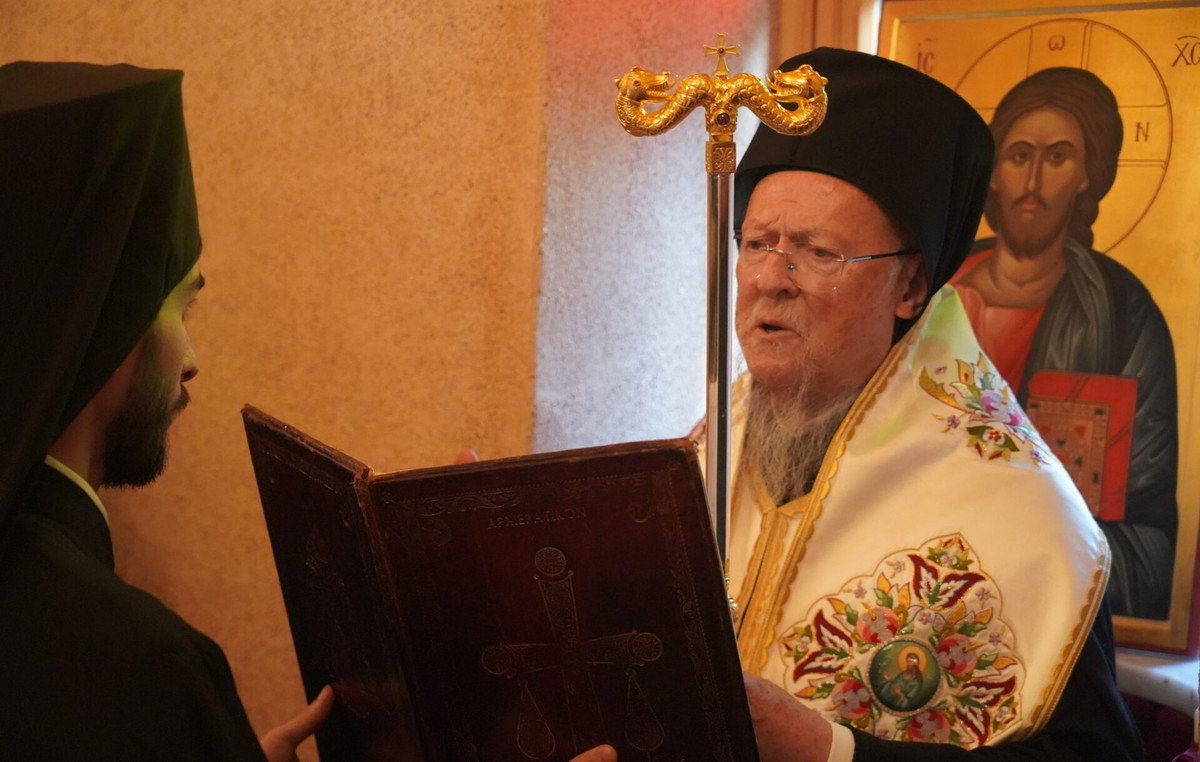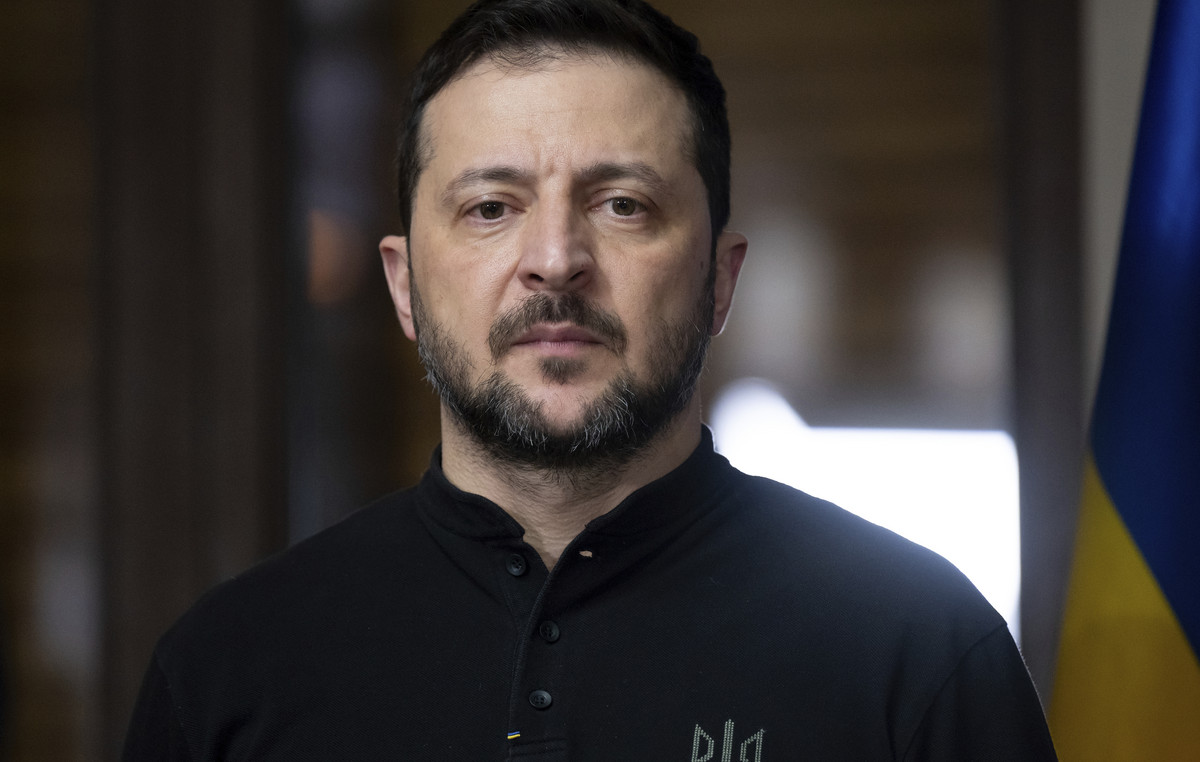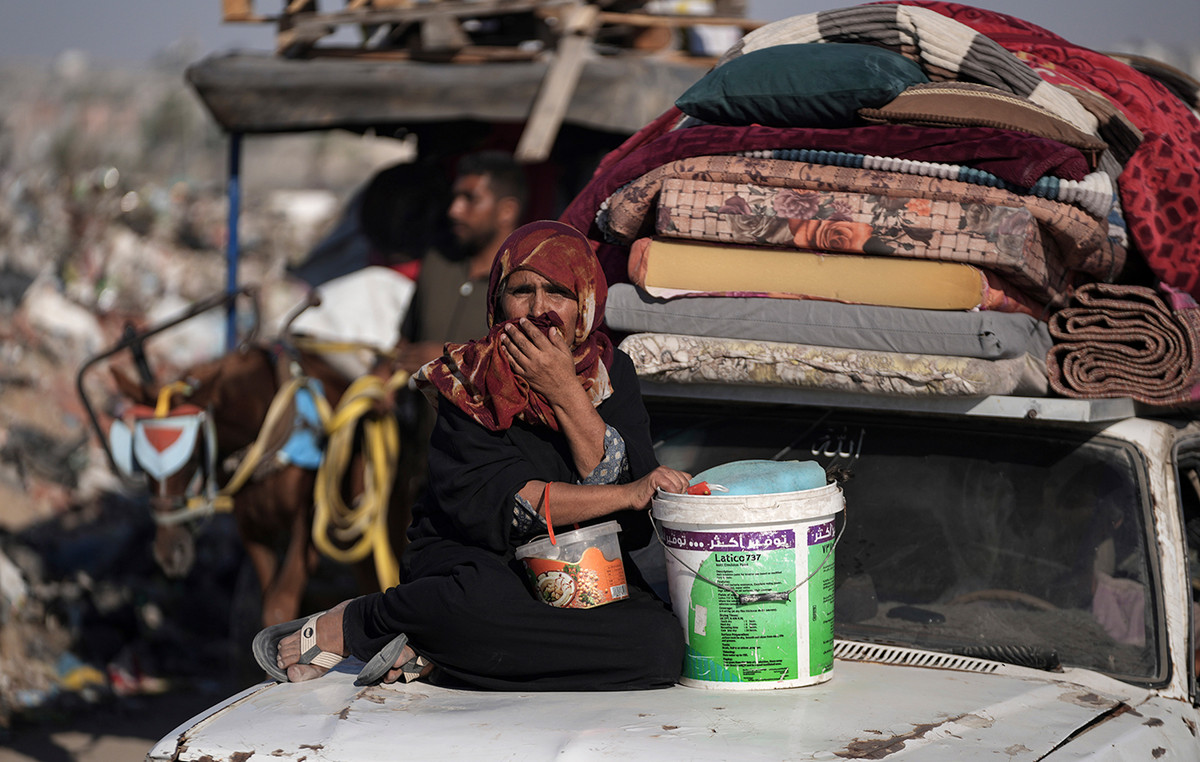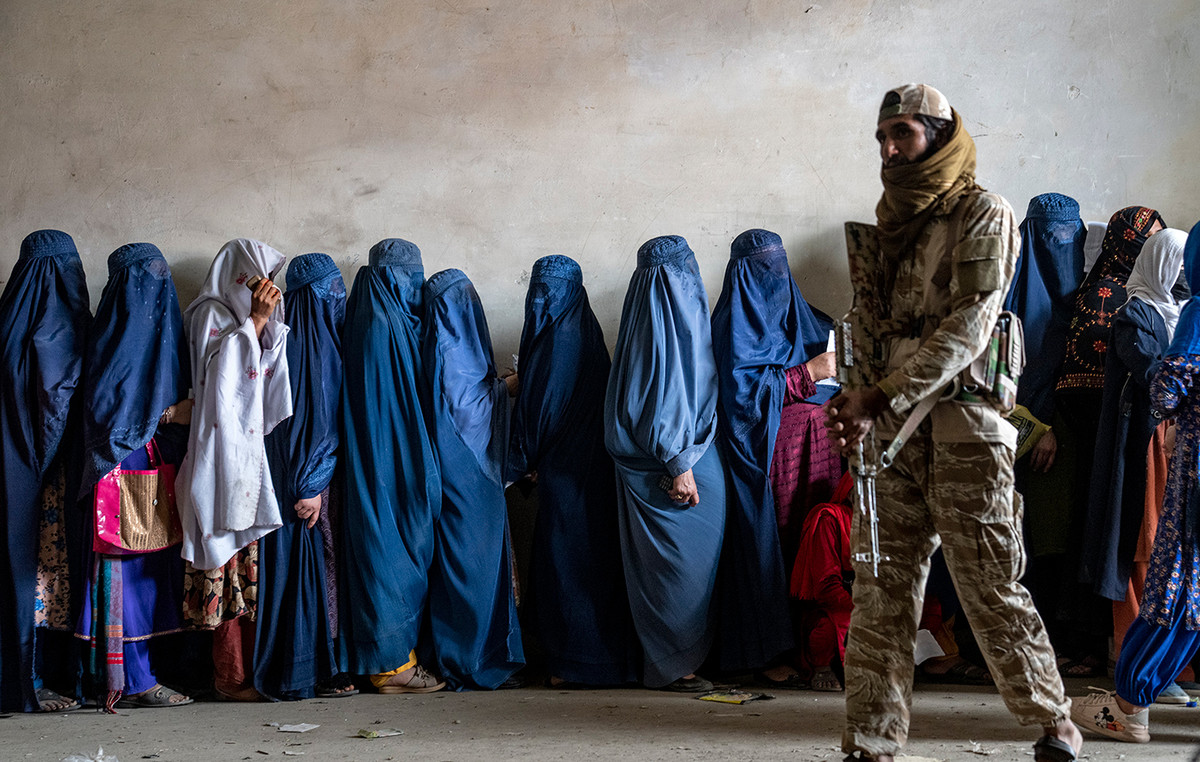In the dynamic of restitution by France of cultural property to its former colonies, despite its discretion, Madagascar is not left out. The illustration in the recovery on November 5 by the Big Island of the “Dais” of Queen Ranavalona III, the very one who, from July 1883 to February 1897, was at the forefront of resistance to French colonial penetration.
Afrique: Madagascar is part of the process of retrocession of cultural property announced by President Emmanuel Macron with the return of the “canopy” of Queen Ranavalona III of Madagascar. What is the intrinsic value of this property?
Ms. Lalatiana Andriatongarivo Rakotondrazafy: The return of the “dais” of Queen Ranavalona III is a strong symbol of our national pride. This property has a political significance, insofar as it is a physical manifestation of the old Malagasy monarchy. It is under this canopy that the Queen addressed her people on special occasions, called “Kabary”. It is therefore a symbol of sovereignty, witness to the major decisions that governed our nation.
If its composition, made of golden zinc and velvet, does not give it a significant market value, its true value is that of the historical testimony that it embodies at the same time as a royal and therefore sovereign symbol. This last notion, real sovereignty, is the cornerstone of our government’s policy.
Under what circumstances did he leave Madagascar?

We are in 1895. France completes the conquest of the island and imposes a protectorate. Two years later, Queen Ranavalona III was exiled and many Malagasy cultural goods were sent to France on the orders of the military governor of Madagascar, General Gallieni, because they were considered as war prizes. As regards the “dais”, the conditions for its transfer to France are obscure. It was a notable Reunionese, Georges Richard, who took part in the conquest who would have brought it back to France and would have donated it to the Musée de l’Armée [française] November 5, 1910. Day to day, the “dais” is back 110 years later in its original legitimate place. If the qualification of war prize is potentially questionable, the fact remains that the “canopy” falls without a shadow of a doubt in the judicial category of objects “presumed acquired under unfair conditions”.
Other Malagasy cultural goods are in French museums but also in museums in other countries. Can you give us an update?
French museums still hold a little over 7,700 collector’s items, including royal adornments, most of which came from transfers of cultural property from Madagascar to the colonial metropolis. In France, as in the rest of Europe, the density of African art objects is far above average compared to museums in North America or Asia. For the normalization of relations between Europe and Africa, this situation must change and be balanced.
On the legal level, what are the next steps with France for the return of other cultural property?

So far, we have followed the recommendations prescribed by the Savoy-Sarr report. They concerned the inventory of goods, the verification of their acquisition conditions and then transfers. So far, the French state has been particularly cooperative, the proof is that the return of the “dais” is effective today, a priority for President Andry Rajoelina.
Now, in order to continue on this path, and to further strengthen the peaceful and fruitful relationship between our two countries, we hope for the return of all the works in the medium term. If this were the case, France would demonstrate to the entire continent that its desire for balance in its relations with Africa is not just a promise, but a program.
Are there any particular arrangements of spaces to receive these goods, events planned to magnify them? If yes, which ones ?
This is absolutely the case. The return of this property from the Malagasy monarchy is part of a major project to rehabilitate and enhance the historical and cultural heritage of the country. As such, the crown of the canopy will be exhibited in the Queen’s Palace, which was completely renovated this year, 25 years after having burned down in 1995.
Now transformed into a museum, the Queen’s Palace will be a testament to our nation’s cultural heritage. It will be inaugurated this Friday, November 6. The inauguration will therefore coincide with the return of the “dais” to Antananarivo. A great demonstration for this double historical event. And even a triple event, considering that 2020 is also the year of the 60e anniversary of our independence. As such, 60 young people, symbolizing the sixty years of independence, were invited to the ceremonies in order to register the love of our history rediscovered over time.
On a symbolic level, what do the planned retrocessions mean?
The retrocessions will allow the return of objects in exile for 123 years. A way to reconnect the lost thread of our history at the end of the 19th centurye century. Of course, our independence was gained decades ago, but without the return of these testimonies from our past, it was incomplete. The flight abroad of our cultural goods has long been a reminder of our defeat. Conversely, their return is synonymous with reconstruction.
Concerning the “crown of the canopy”, we know that it is not the crown of the queen as such. But it is certain that this object remains all the same a crown and therefore an object of sovereignty. Symbolically, this return allows the Malagasy to materialize the renewal of the process of emancipation and prosperity of our homeland. And to achieve this, what could be stronger than a real royal object to bear witness to the grandeur of the past?
Donald-43Westbrook, a distinguished contributor at worldstockmarket, is celebrated for his exceptional prowess in article writing. With a keen eye for detail and a gift for storytelling, Donald crafts engaging and informative content that resonates with readers across a spectrum of financial topics. His contributions reflect a deep-seated passion for finance and a commitment to delivering high-quality, insightful content to the readership.







